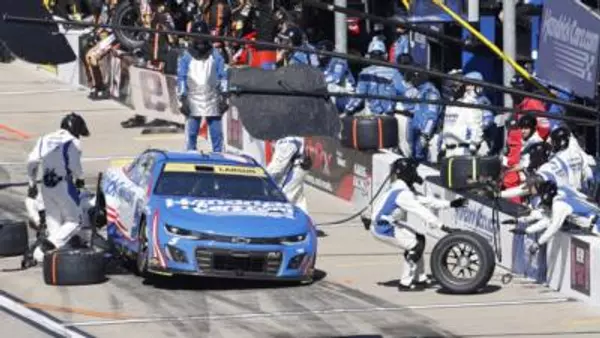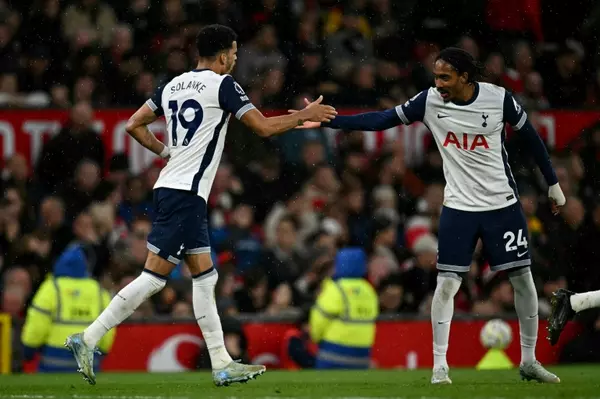
While the concept of the low-traffic neighbourhood, or LTN, first entered the UK political mainstream during the Covid pandemic, the basic concept – filtering streets for different types of traffic – is older. Much, much older, in fact.
Some ancient Roman cities, including Pompeii, used stone posts set in the road to stop carriages reaching the central plaza, while allowing unimpeded access for pedestrians and less cumbersome forms of transport.
The modern equivalent, an estimated 200 or so of which were installed around the UK between 2020 and 2022, use wooden planters and bollards, or in some cases number plate-recognition cameras, to maintain through-access for bicycles and pedestrians, as well as emergency services in many cases, but not motor vehicles.
One much-overlooked aspect of the debate about whether such schemes are effective and fair is that LTNs are largely a rebranding of an idea – modal filtering – that has been ubiquitous in postwar traffic planning.
A walk around almost any UK town or city will eventually uncover examples of bollards, kerbs or other infrastructure – often in place for decades – which, like LTNs, allow motor vehicles access to a street, just not as a rat run.
Many 1960s and 1970s housing estates are de facto LTNs, as are some entire neighbourhoods. De Beauvoir Town in east London had a network of filters installed half a century ago after pressure from residents over the dangers of speeding traffic.
One 2021 study identified almost 26,000 modal filters across the UK, including bollards, kerbs, planters and gates, with the researchers suggesting there were probably many more.
These are mostly unnoticed and uncontroversial – unlike the post-2020 schemes. Critics say some of these were badly planned, and ended up mainly diverting traffic to other roads, with a number subsequently removed.
Nevertheless, this poses a question for Rishi Sunak’s planned review of LTNs, with the possibility of a subsequent ban on new schemes, or even orders to remove existing ones: what exactly does the term refer to?
The Department for Transport does not have a definition of an LTN. Nor does No 10. Nor could they say if they would examine only the schemes rolled out by Boris Johnson’s government, or also earlier and historical incarnations.
Telling locals in De Beauvoir Town, a much-gentrified area where some houses sell for more than £2m, to remove their decades-old network of bollards and gates might be a hard sell.
In Walthamstow, the idea of abandoning its LTN – billed at the time of its installation in 2013, with the backing of Johnson when he was London mayor, as a “mini Holland” scheme – would also most likely be greeted with bafflement.
News of the review has left some councillors similarly bemused. “Am I meant to remove the bus gate installed 40 years ago?” one asked. “Is that an LTN? It’s all frankly a bit bizarre.”







